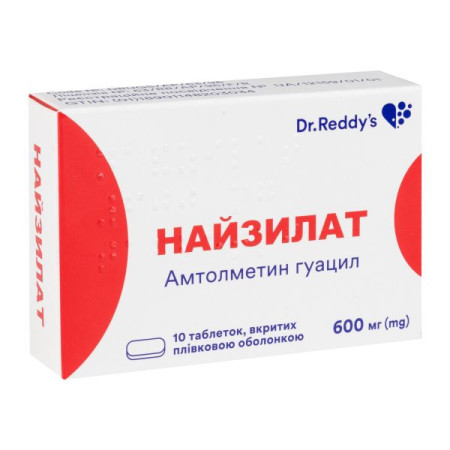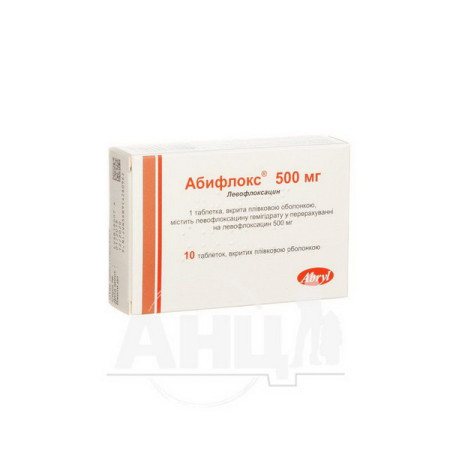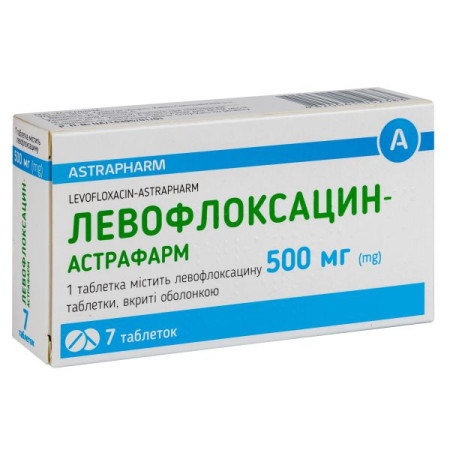Contracttubex gel tube 20 g

Instructions Contractubex gel tube 20 g
Composition
active ingredients: liquid onion extract (0.16:1) (Ext.Cepae), sodium heparin, allantoin;
100 g of gel contain liquid onion extract (0.16:1) (Ext.Cepae) 10 g, sodium heparin 0.04 g (5000 IU), allantoin 1 g;
excipients: methyl parahydroxybenzoate (E 218), sorbic acid, xanthan gum, polyethylene glycol 200, Fragrance 231616 aromatic oil, purified water.
Dosage form
Gel.
Opaque light brown gel with a characteristic odor.
Pharmacotherapeutic group
Means for the treatment of wounds and ulcers. ATX code D03A X.
Pharmacological properties
Pharmacodynamics
The drug has an antiproliferative, anti-inflammatory, softening and smoothing effect on scar tissue.
Onion extract acts as an anti-inflammatory agent by inhibiting the release of inflammatory mediators and has anti-allergic effects. It inhibits the growth of fibroblasts of various origins, especially keloid fibroblasts. In addition, it has been proven to have an inhibitory effect on mitosis (cell division) and to reduce the formation of extracellular matrix components from fibroblasts (e.g. proteoglycans). Onion extract also has a bactericidal effect. These properties stimulate primary wound healing and counteract non-physiological scar formation.
Heparin has anti-inflammatory, anti-allergic, anti-proliferative effects, increases tissue hydration and has a softening effect on the collagen structure. For the treatment of scars, the anti-inflammatory effect of heparin and its effect on the components of the connective tissue matrix are of greater importance than the known antithrombotic effect.
Allantoin promotes wound healing, has an epithelializing effect and increases the water-binding capacity of the tissue. In addition, its keratolytic properties and ability to improve permeability increase the effectiveness of other components of the drug. Allantoin also has a soothing effect, which reduces itching, which often occurs during the formation of scars.
The synergistic effect of this combination of active ingredients is to slow down the growth of fibroblasts and, in particular, pathologically accelerated collagen synthesis.
Pharmacokinetics
Not applicable.
Indication
Hypertrophic, keloid scars that limit mobility and spoil the appearance after surgeries, amputations, burns and other traumatic skin injuries; contractures, for example, of the fingers (Dupuytren's contracture), as well as traumatic tendon contractures and cicatricial strictures (atrophic scars).
Contractubex is used to treat these types of scars after wounds have healed.
Contraindication
Hypersensitivity to any component of the drug.
Interaction with other medicinal products and other types of interactions
No cases of interaction have been reported.
Application features
Contractubex contains methyl parahydroxybenzoate, which may cause allergic reactions (possibly delayed). Contractubex contains sorbic acid, which may cause local skin reactions, such as contact dermatitis.
Ability to influence reaction speed when driving vehicles or other mechanisms
Does not affect.
Use during pregnancy or breastfeeding
The risk of using the drug during pregnancy or breastfeeding is still unknown.
Method of administration and doses
Adults and children over 2 years of age should apply the required amount of gel several times a day, depending on the size of the scar, and gently rub into the scar until completely absorbed into the skin.
For hard, old scars, you can leave the gel under a bandage overnight.
Depending on the extent and thickness of the scar or contracture, treatment should be continued for several weeks or months. In particular, when treating fresh scars, physical stimuli such as very low temperatures, ultraviolet light or intense massage should be avoided.
Children
Do not use the drug in children under 1 year of age.
It is recommended to consult a doctor before use in children from 1 to 2 years old.
The drug can be used in children from 2 years of age.
Overdose
No cases of overdose have been reported.
Adverse reactions
The frequency of adverse reactions is determined according to the following categories:
Very common (≥ 1/10)
Common (≥ 1/100, <1/10)
Uncommon (≥ 1/1000, <1/100)
Rare (≥1/10,000, <1/1,000)
Very rare (<1/10,000)
Frequency not known (frequency cannot be estimated from the available data.)
The most common adverse reactions were local reactions at the treatment site.
The following undesirable effects were reported in a retrospective cohort pharmacoepidemiological study in 592 patients (2005) investigating the efficacy and tolerability of Contractubex compared with topical corticosteroid treatment.
On the skin and subcutaneous tissue.
Common: pruritus, erythema, telangiectasia, scar atrophy.
Uncommon: skin hyperpigmentation, skin atrophy.
The undesirable effects listed below have been reported spontaneously.
Infections and invasions.
Frequency unknown: pustular eruptions.
From the immune system.
Frequency unknown: hypersensitivity (allergic reactions).
From the nervous system.
Frequency unknown: paresthesia.
General and administrative violations.
Frequency unknown: swelling, pain at the application site, peeling at the application site.
In general, Contractubex is very well tolerated, even with long-term use. Pruritus, which is commonly observed during treatment with Contractubex, is a manifestation of expected scarring and, as a rule, does not require discontinuation of treatment.
Expiration date
3 years. Shelf life after first opening: 6 months.
Storage conditions
Store at a temperature not exceeding 25 ºС in a place inaccessible to children.
Do not use the drug after the expiration date indicated on the package.
Packaging
20 g of gel in tubes in a cardboard box.
Vacation category
Without a prescription.
Producer
Merz Pharma GmbH & Co. KgaA.
Location of the manufacturer and its business address
Ludwigstrasse 22, 64354 Rheinheim, Germany.
There are no reviews for this product.
There are no reviews for this product, be the first to leave your review.
No questions about this product, be the first and ask your question.








